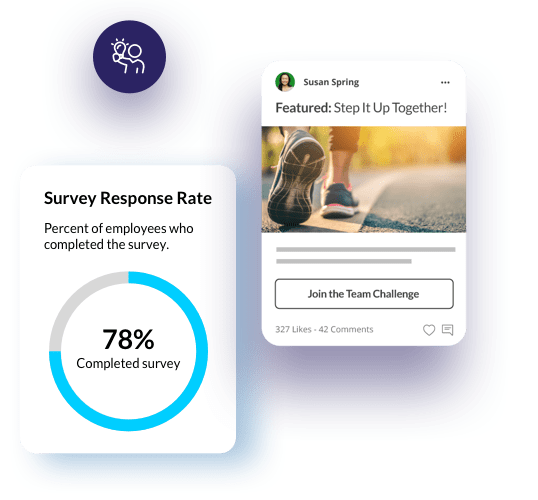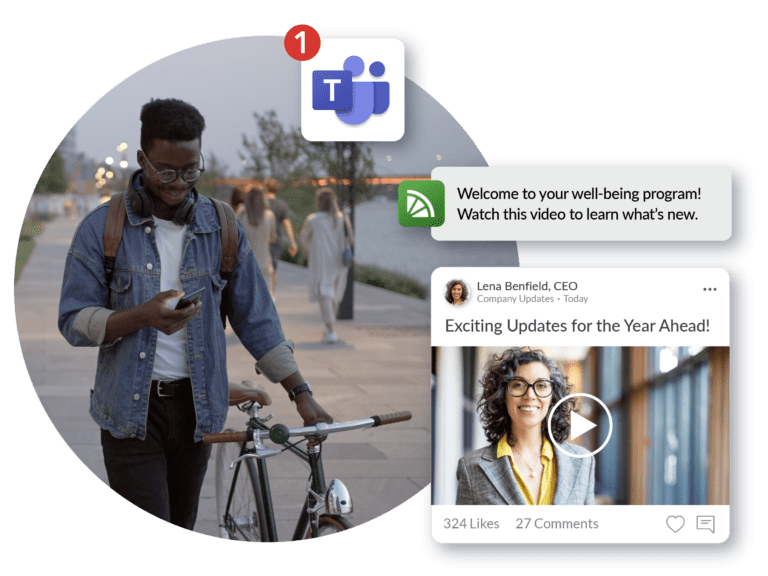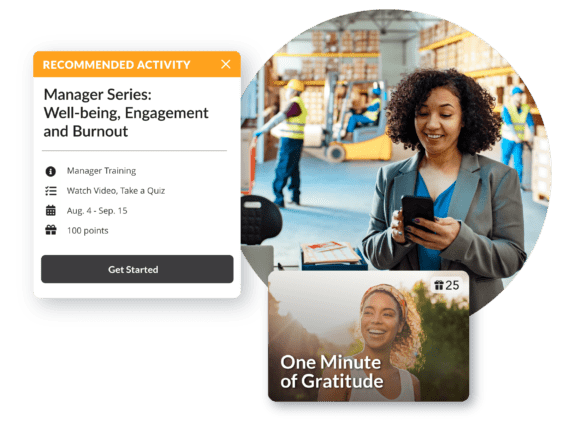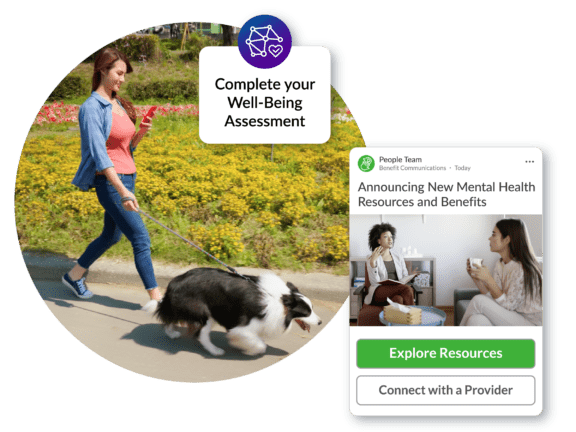Blog Post
Work-life harmony: A new philosophy for the modern workforce

Explore more in Company Culture

Blog Post | Company Culture
Understanding company culture and employee engagement
Culture is the #1 factor in company success or failure. Learn what company culture and employee engagement really are — and how to develop a culture that your company (and people) need.

Blog Post | Employee Well-Being
LimeTime Session Recap: How the University of Pennsylvania Health System Creates a Culture of Care for its Employees to Thrive
Learn how a culture of care, infused by Limeade technology, lead to improved morale and overall well-being at UPHS.

Blog Post | Employee Well-Being
LimeTime Session Recap: The Evolution of Work-Life Harmony Panel
This thoughtful panel discussion explores the evolution of work-life harmony and the implications for employers in 2023.

Blog Post | Company Culture
5 ways to infuse a culture of care into your meetings
Infusing a culture of care into meetings has many business benefits—here are 5 tips to help make that happen.
Explore more blog posts from this author

Blog Post | Employee Well-Being
6 Steps to develop an effective wellness incentives and rewards plan
To create a successful wellness incentive program, it’s crucial to understand that it takes a thoughtful approach of both intrinsic and extrinsic rewards for employees.

Blog Post | Employee Communications
4 ways HR leaders can use employee communications to support well-being and engagement
Learn how employee communications that reach the right person at the right time with the right message improve well-being and engagement.

Blog Post | Employee Well-Being
How to improve employee well-being
In today’s world of work it's essential to understand how to improve employee well-being. Get our top 5 tips you can put into action today.

Blog Post | Product Updates
LimeTime session recap: The Manager Experience: Empowering Your Essential Leaders
Learn why managers are essential for unlocking your organization's true potential in increasing employee engagement and reducing turnover.












